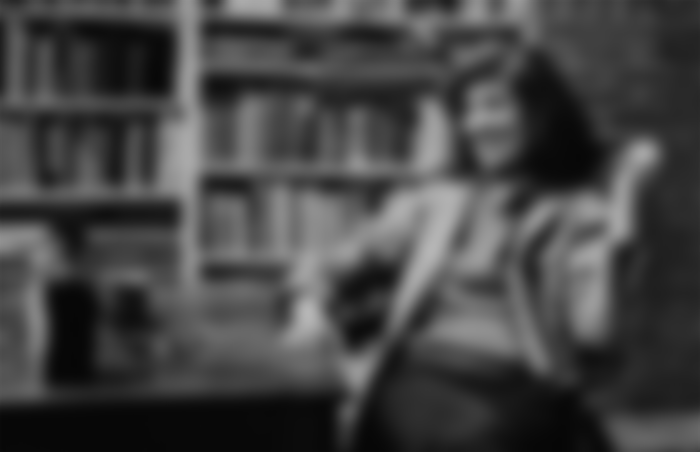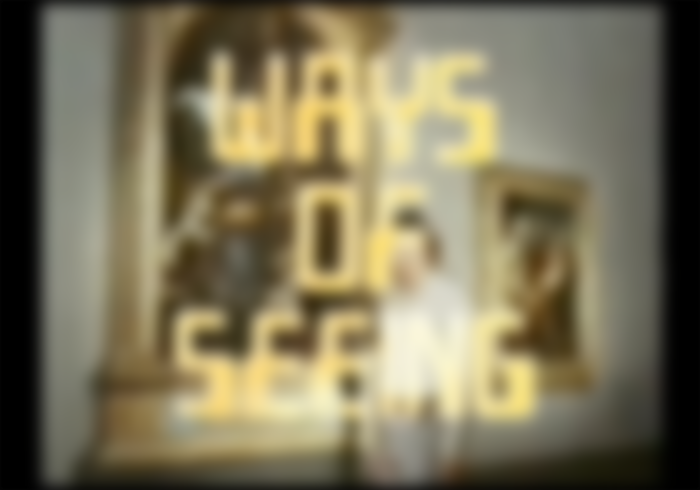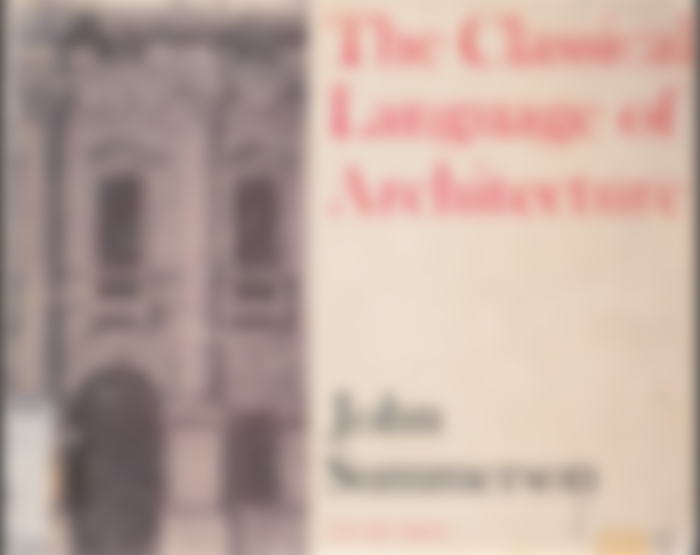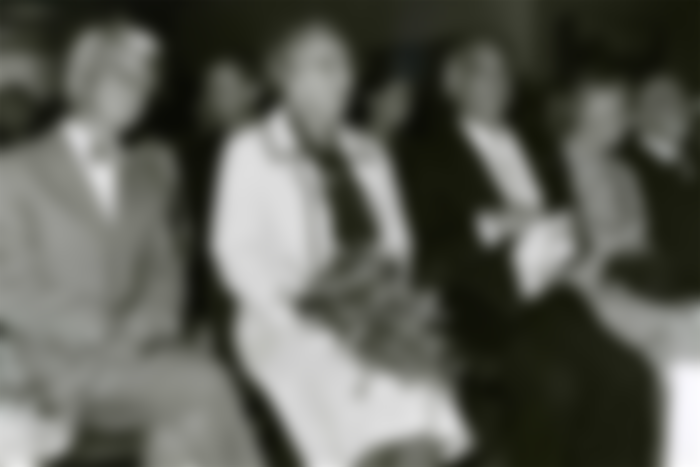On Photography by Susan Sontag
Susan Sontag distributed On Photography in 1977 after the work initially showed up as a progression of papers in the New York Review of Books. The work is a scrutinize of photography as a method for recording social history, war and travel.
What I love about this book is the manner by which, from the absolute first page, it represents a test to the peruser. Whatever we may consider photography a method for confirming reality, guaranteeing experience or reporting mankind's set of experiences, Sontag efficiently tests and questions.
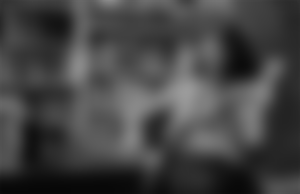
Sontag likewise has an incredible office with language. All through the content, she can transform each sentence into an aphoristic understanding. The composing is convincing hence, drawing you through the content with many a line of intense perception.
It is likewise captivating to peruse On Photography in the light of later advancements in photography, of cell phone cameras and the period of Instagram. To provide you some insight concerning the continuous importance of the book, here's a short concentrate discussing the travel industry and photography:
"It appears to be decidedly unnatural to go for delight without taking a camera along. Photos will offer undeniable proof that the outing was made, that the program was done, that fun was had [… ] Photography has gotten one of the key gadgets for encountering something, for giving an appearance of support."
Ways of Seeing by John Berger
Hardly any books move me to get back to them again and again, however John Berger's Ways of Seeing is one of them.
Methods of Seeing indeed started as a BBC TV series first transmission in 1972. It was a pivotal time in the advancement of social and women's activist hypothesis, and the TV program and going with book massively affected the resulting course of the investigation of craftsmanship. It additionally carried social hypothesis to the standard. Quite a few years after the fact, it gigantically affected me as well.
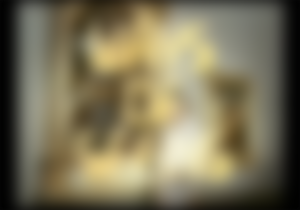
Methods of Seeing is about workmanship history, but its repercussions are such a great deal more extensive. The center message of the book is that we live in a world immersed with pictures , and that the pictures around us don't just depict the world yet effectively shape a large number of our thoughts and qualities.
The cutting edge age sits at a fascinating junction of picture importance, since photos and generations of masterpieces are quite often "put to use" in an unexpected way: as conveyors of some other reason, as data, political or business, or of proof of learning. They can be contorted, modified, focused in on, transformed, overlaid with text or organized close to some other pictures in a virtual exhibition.
As buyers of craftsmanship, a cutting edge crowd must know about such contortion. Multiplications rule our experience of craftsmanship in being undeniably more open and typical than the genuine articles.
In that capacity, the first work of art becomes disengaged, similar to consummate models: remove, isolated, got in a vault. Generations do the greater part of the work in their place, however the expectation is almost consistently moved. Such pictures "encompass us similarly as language encompasses us," composes Berger so powerfully in Ways of Seeing. "What is important now is who utilizes that language for what reason."
The Classical Language of Architecture by John Summerson
This is one of my #1 workmanship history books. Though Sontag and Berger expound on craftsmanship to scrutinize our suppositions about pictures and picture making, John Summerson composes with an all the more straight forward point of giving information.
First distributed in 1965, The Classical Language of Architecture is a guidance manual on the most proficient method to "read" the impact of antiquated Greek and Roman engineering on structures from the Italian Renaissance forward. It really started life as a progression of six BBC radio talks.
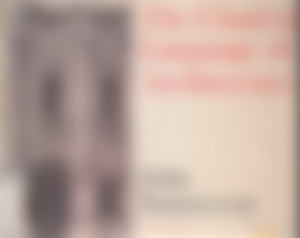
Summerson guides the peruser through the Classical Orders (Doric, Ionic and Corinthian) while weaving in the tale of how various structures, from the Colosseum in Rome to the Pennsylvania Railroad Station in New York (destroyed during the 1960s), drew in the unobtrusive language of the traditional style.
Assuming you don't have the foggiest idea what I mean by the "traditional" style, think about those structures with segments and pediments, structures like the White House in Washington D.C. or then again the British Museum in London. The engineers of these structures called upon the models given by antiquated occasions to make developments that are intended to confer a quality of honorable greatness. Such structures are wherever around us; figuring out how to comprehend them can all the more profoundly associate you to a city or townscape.
What I truly appreciate about this book is Summerson's capacity to direct the peruser's eye over components of individual structures, calling attention to harmonies and rhythms, strains and disharmonies inside engineering highlights.
As an author on workmanship, Summerson has additionally been an extraordinary motivation for me, for the daintiness of his composition joined with his astute (yet not one sided) show of data is a style I've attempted embrace in my own composition on craftsmanship.
Norm and Form by E H Gombrich
E H Gombrich is perhaps the most broadly perused of all workmanship history specialists on account of his savvy however available The Story of Art. With in excess of 7 million duplicates sold, The Story of Art is perhaps the most mainstream workmanship history messages ever.
However, just as populariser of workmanship history, Gombrich was likewise a famous craftsmanship antiquarian who did a lot to propel the scholarly side of the subject. His book Norm and Form, first distributed in quite a while, together eleven articles from his numerous commitments to diaries and talks.
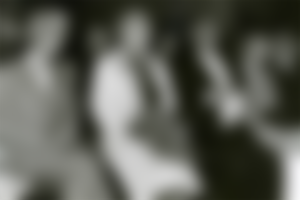
In the book, Gombrich contends that the old style model — of Greek and Roman beliefs as referenced above — turned into an amazing "standard" for Renaissance specialists, and in this manner changed into a standard take-off point for ages of craftsmen that followed. A few styles of workmanship like Neo-Classicism deliberately moved towards the traditional standard, while others like Gothic intentionally pushed against it. In any case, consistently there stayed this focal standard of the traditional style.
This is one of those books that never appears to become worn out or old. In a composing style that is exquisite and educated, Gombrich assembles his contention concerning a wide assortment of captivating masterpieces. The book frames part of a four-volume series named Studies in the Art of the Renaissance.
Finally, a book my dad provided for me
My old battered duplicate of Haftmann's 'Painting in the Twentieth Century'. Photograph by creator.
This last book is essential to me for a few reasons. It was the primary craftsmanship book I at any point possessed; it additionally had a place with my Dad who won it as a prize at school, making the thing almost 60 years of age. My dad passed it onto me when, at around the period of around fourteen or fifteen, I began to show an interest in workmanship. The book is called Painting in the Twentieth Century and contains significantly more than one page of present day compositions, generally highly contrasting pictures with a couple of full-page shading plates to a great extent. European craftsmen highlight most vigorously, with a dispersing of American painters in the later areas.
My enthusiasm for workmanship started in the pages of this book. I actually recollect the energy of opening the book and finding the universe of present day painting, a world wherein I understood anything could occur. As I filtered the pages, I started to push the limits of my own insight, or in any event, make mindful associate with artistic creations that had experimentation at their center.
It didn't appear to issue that a lot of what I saw caused me to feel awkward. What made a difference was that I "snared" onto essentially a portion of the craftsmen (the cubist painter Juan Gris was an early top pick of mine, and afterward, Paul Klee and the German Expressionists) and that was sufficient to keep me getting back to the book to find more, and to craftsmanship all the more for the most part.
So that is my rundown of five books that changed how I see workmanship and my general surroundings.
In books like these, the thoughts you learn and the connections you make can have the sensation of something selective and favored. Most importantly, these books drove me to get what masterpieces genuinely can be: unending endeavors into what it's feasible for the creative mind to encounter.
